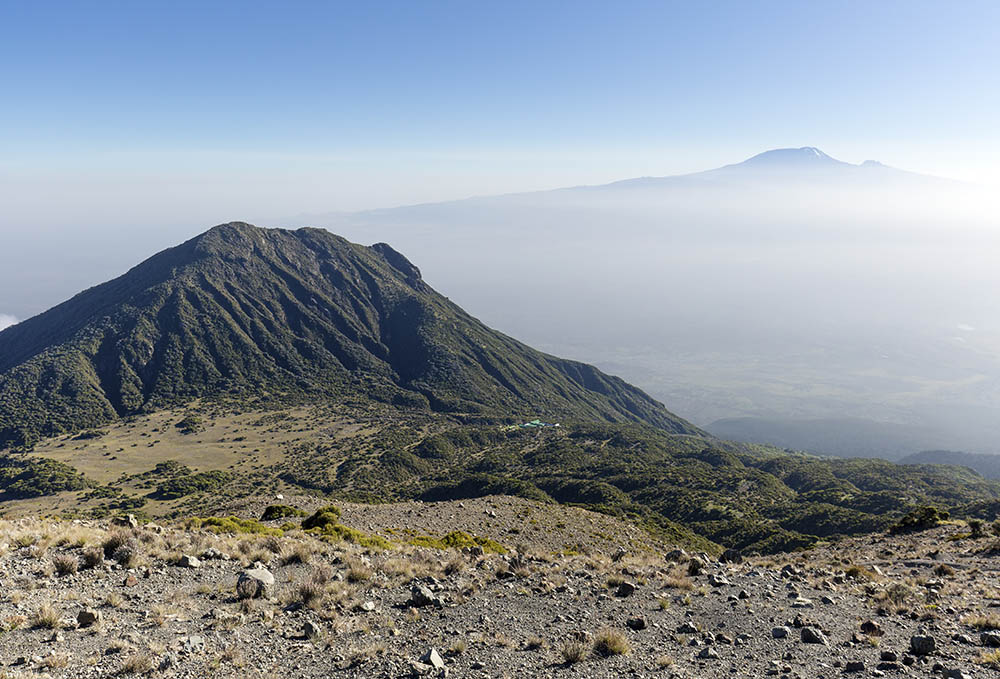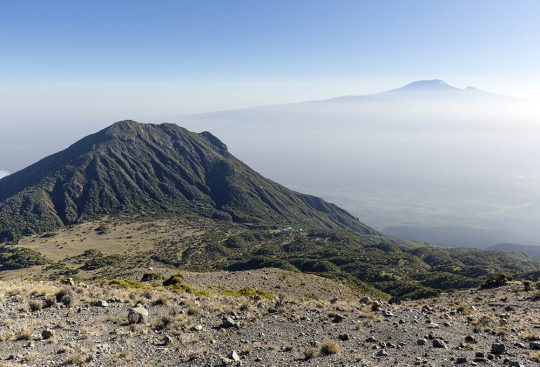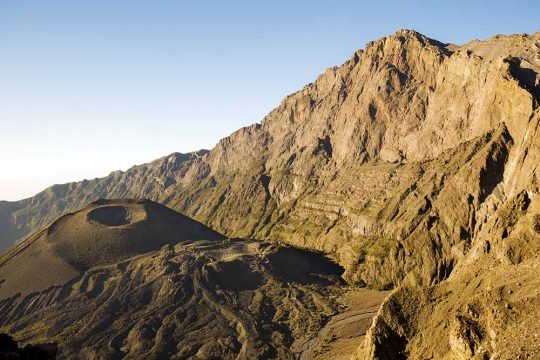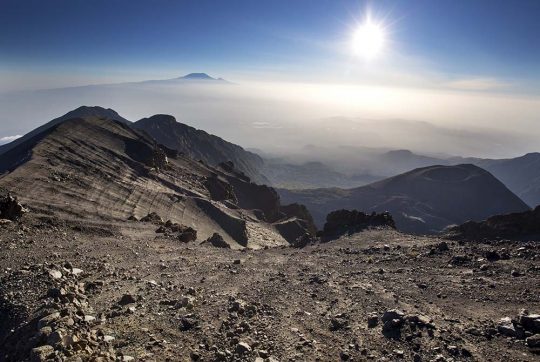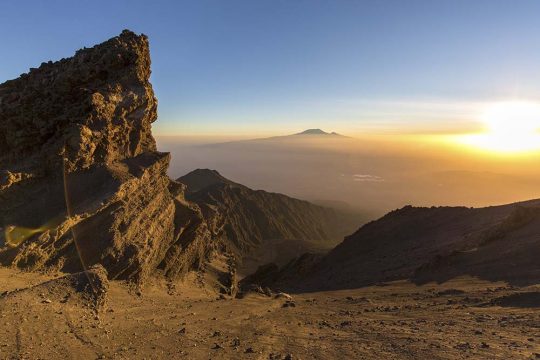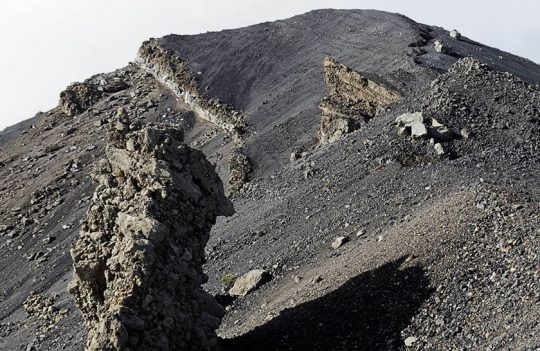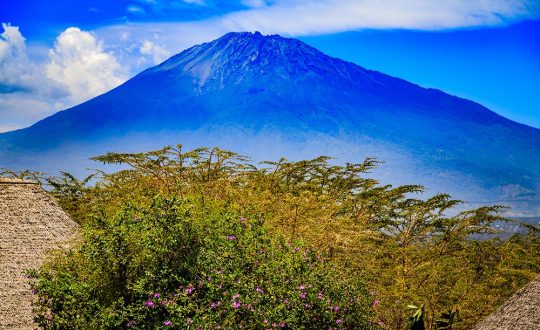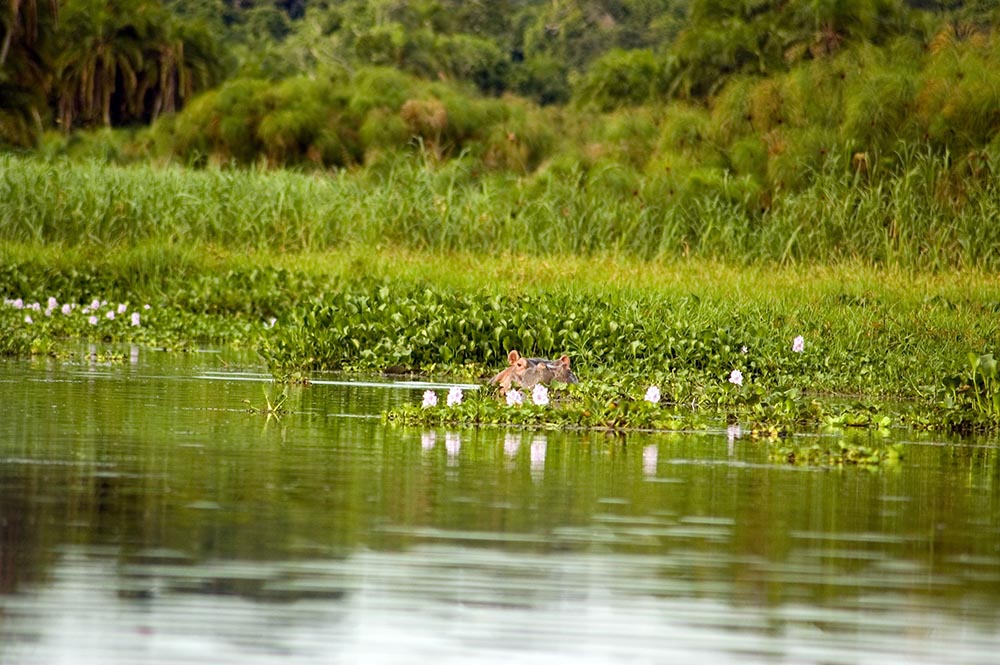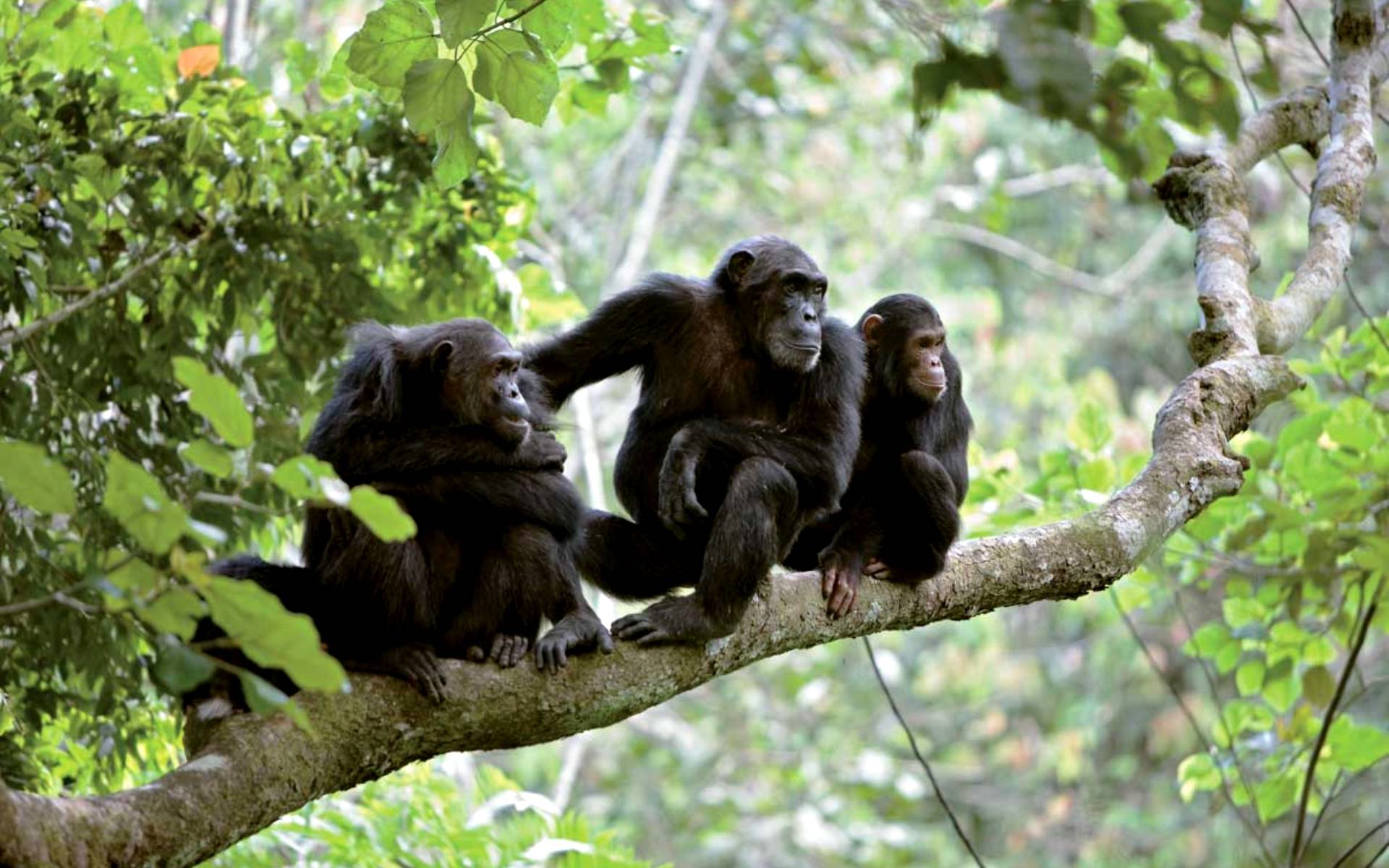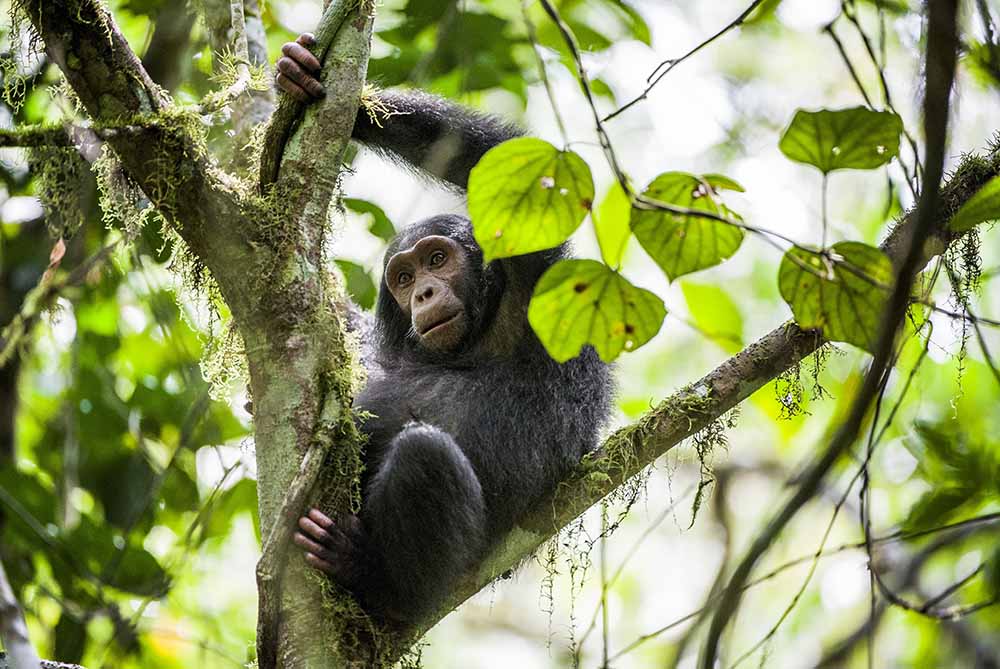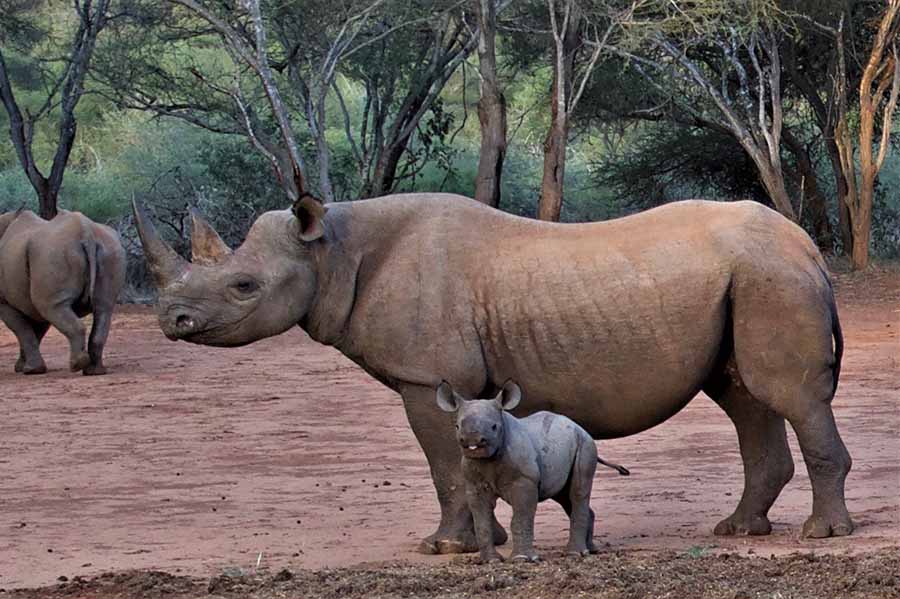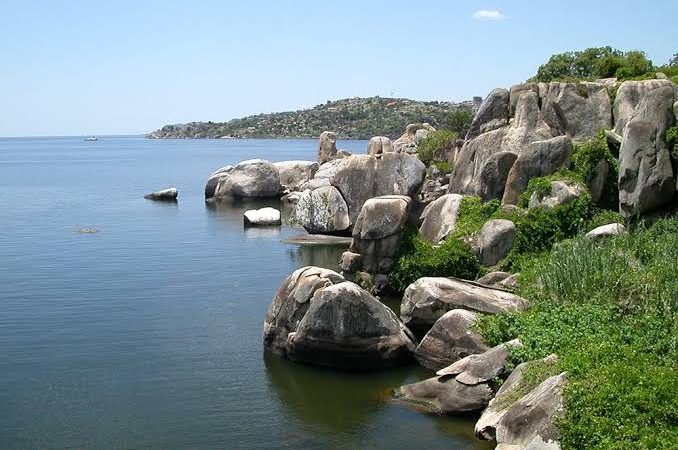Mount Meru
Are you thinking to go on climb at Mount Meru?
Talk to our experts about the perfect planning for your holiday.
Standing at 4,566 metres high, Mount Meru is Tanzania’s second highest mountain and the fifth highest mountain in Africa. This active volcano erupted only 100 years ago and is located 70km west of Mount Kilimanjaro in northern Tanzania in the centre of the Arusha National Park. The fertile slopes rise above the surrounding savannah and support a forest that hosts diverse wildlife, including nearly 400 species of birds and also Colobus monkeys, buffalo and leopards.
With superb views all round, the mountain offers an immense variety of flora and fauna which adds considerable interest to the trek. The ascend is quiet steep, the route to the summit passes over streams, through parkland, montane forest and moorland.
A guide/ranger is mandatory on every trek because of the significant numbers of buffalo commonly encountered. There is one official route up to the summit and huts along the way offer simple, comfortable beds. Acclimatization is important and while you won’t need oxygen, spending at least 4 days on this trek is highly recommended. The best time to trek is June – October and December – February.
The climb of Meru is very much justified on its own merits but is also a great way to acclimatise for Mount Kilimanjaro. The views from Meru to Kilimanjaro, and of the Meru crater itself, give plenty of inspiration for another mountain climb!
If you liked Mount Meru – Tanzania, you might also like Family Safari.
If you liked Mount Meru – Tanzania, please follow us on Instagram for more content like this.
- 4564 meters in height. Second tallest mountain in Tanzania!
- Fewer people have been at the top of Mt. Meru than on Mt. Everest.
- Very rewarding ascend at SUNRISE
- Different vegetation zones over several days
- Socialist Peak (Meru’s main peak)
- Little Meru (Meru’s second highest peak at 3800m)
- You can climb Meru by yourself or in a small team (not possible on Kilimanjaro)
Mount Meru can be climbed all year around. For the highest chance of succes, it’s best to take on the mountain during the dry season. The dry season is from June to the beginning of March. This runs from June to early March. For the best weather conditions and incredible views of the snow-covered peak of Mt Kilimanjaro, also known as ‘the Roof of Africa’, we recommend climbing the mountain from late December to February.
If you’re considering a Mount Meru trekking tour during November till halfway December, you should expect occasional rains. This is called the ‘light rain season’.
April and May are the so-called ‘heavy rainy season’ in Tanzania. Try to avoid climbing in these months. If it rains too much during the climb, it might be cancelled if the guide finds it too dangerous. This does not happen often, but it is definitely something to keep in mind if you plan to reach the summit.
International travellers can get to Arusha by flying to Kilimanjaro International Airport (JRO), which is around 45 minutes away from city.
Arusha has a small airport, but this is only used by domestic planes, especially those linking to safari or beach destinations. Some travellers choose to stay in Moshi, a town on the border with Kenya.
Moshi is a 45-minute drive from Kilimanjaro International Airport, and it is quieter and easier to navigate than Arusha. Most trekkers decide to stay for a night either side of their trek.
Mount Meru’s slopes are home to an impressive range of wildlife.
You will pass through several climate zones during your ascent, including grasslands, tropical rainforest, moorlands, desert, and ice and snow at the top.
400 species of bird, buffalos, antelopes, white colobus monkeys, and leopards could all cross your path on your trek.
Mount Meru treks combine a conventional trek with a walking safari through a diverse variety of ecosystems.
Do you need expert tips on planning for your next safari in Africa?
Share your email here
[mc4wp_form id=”29279″]

